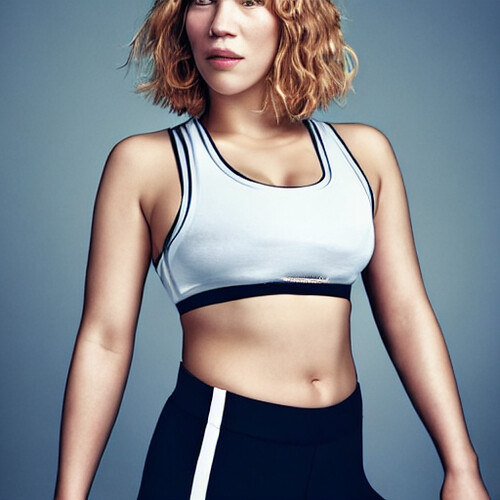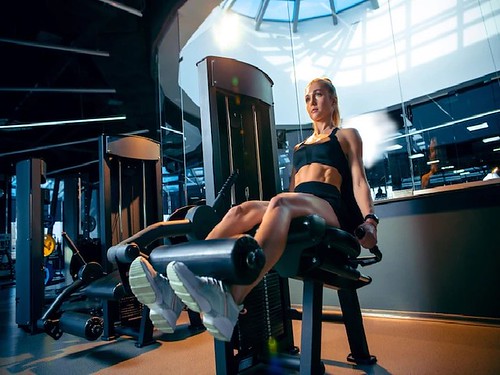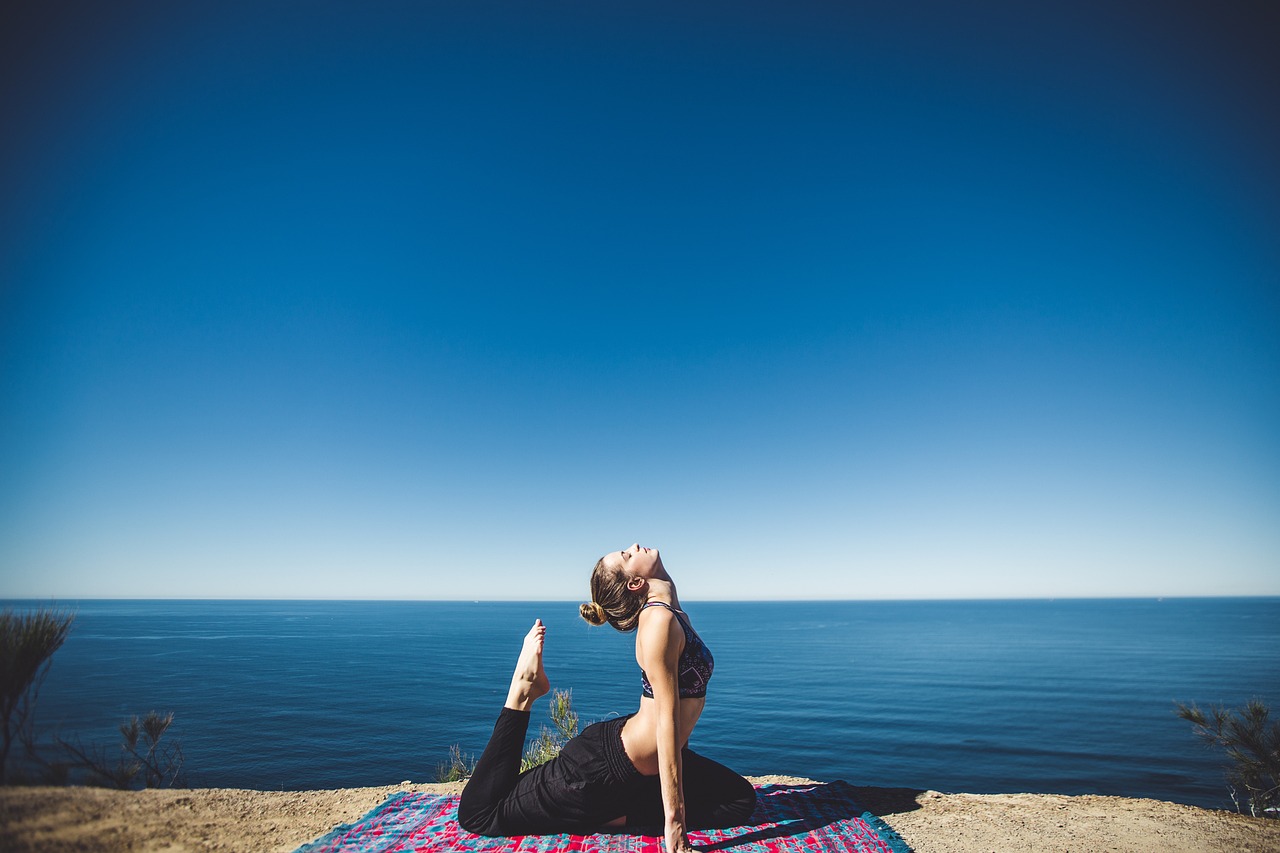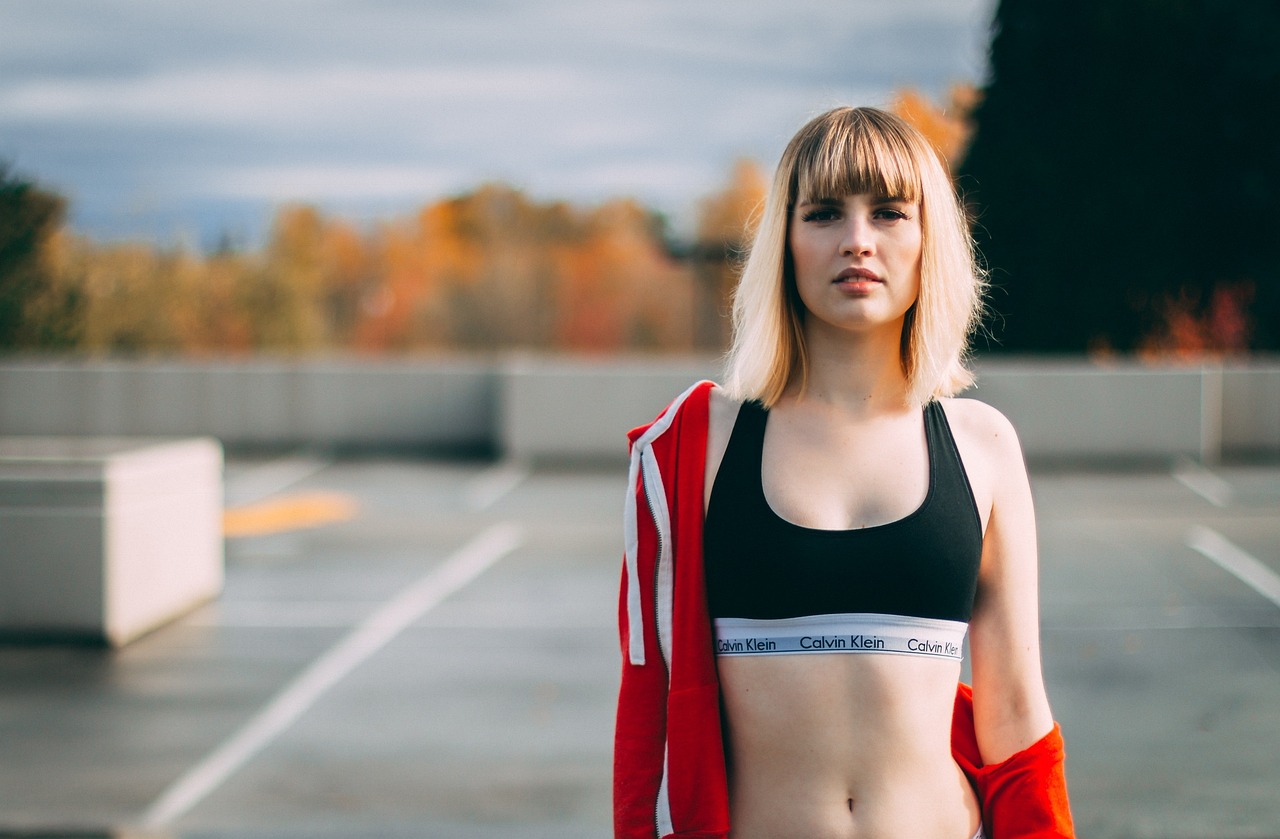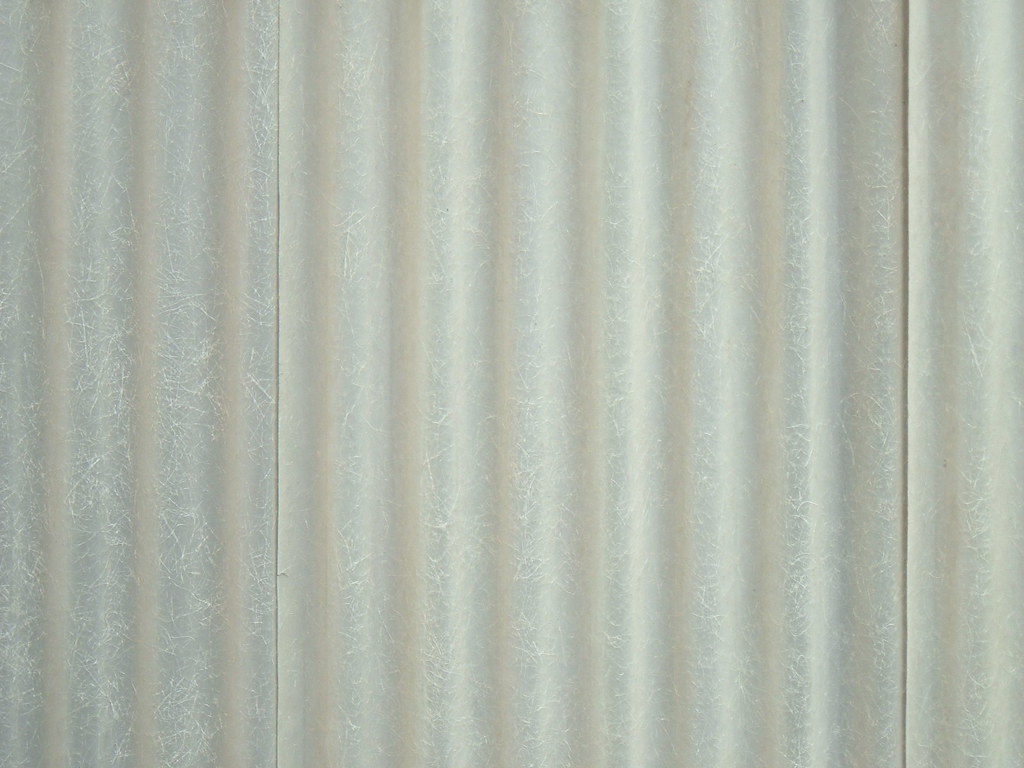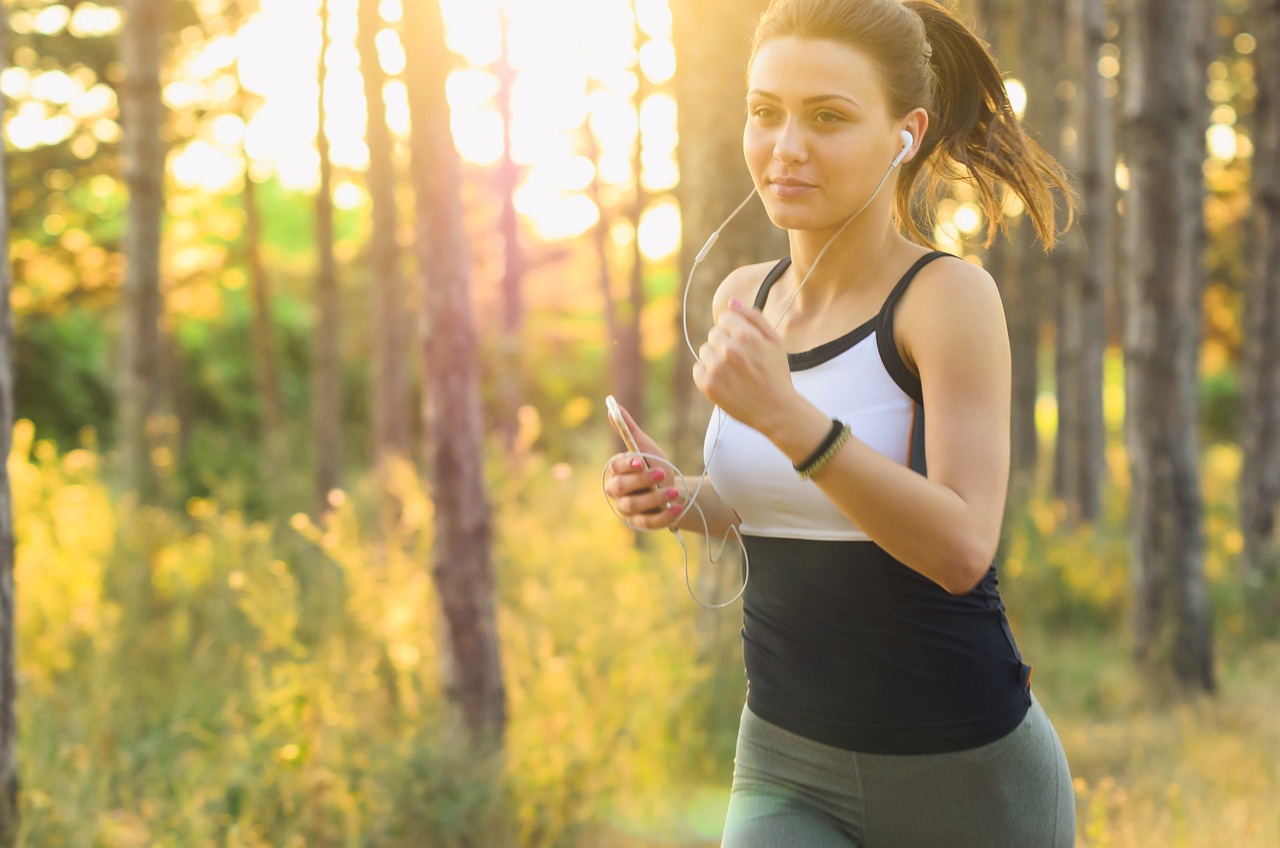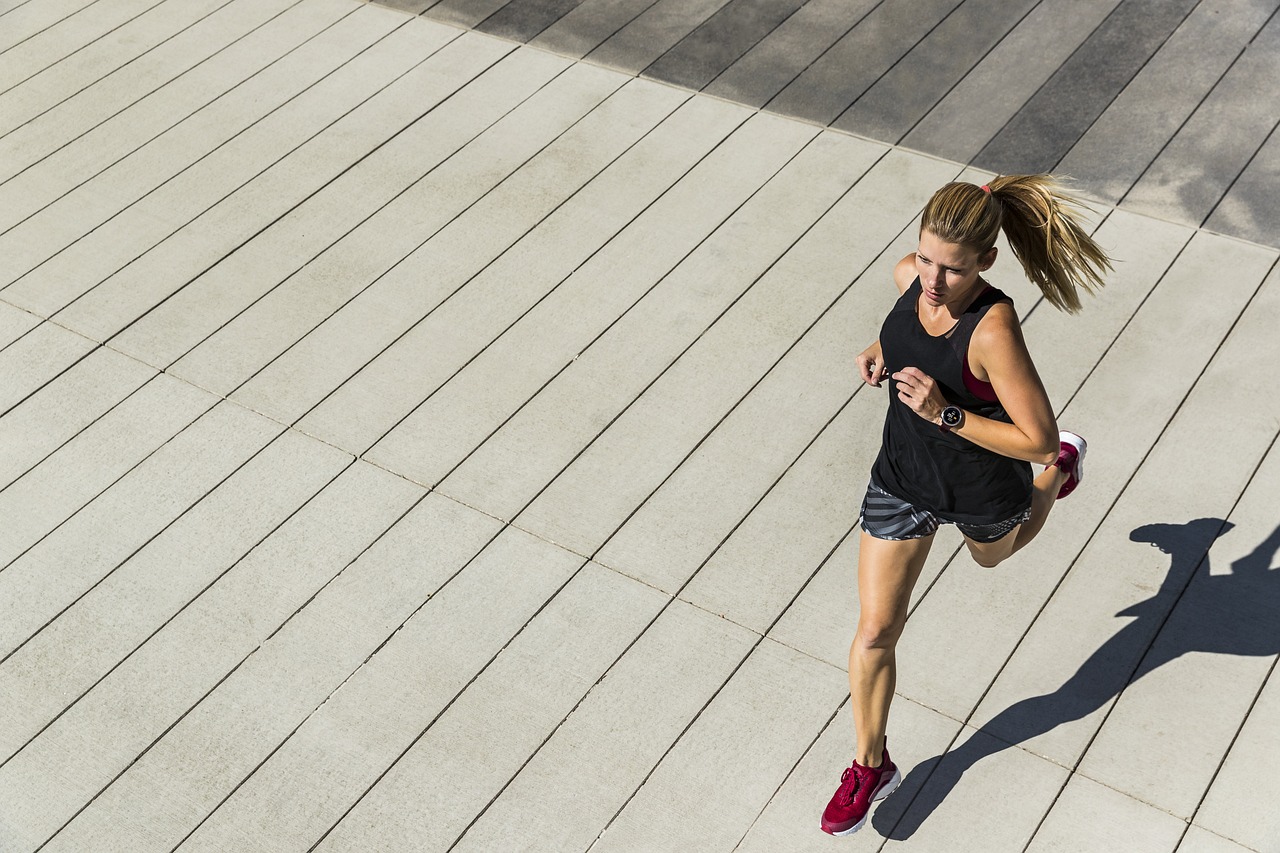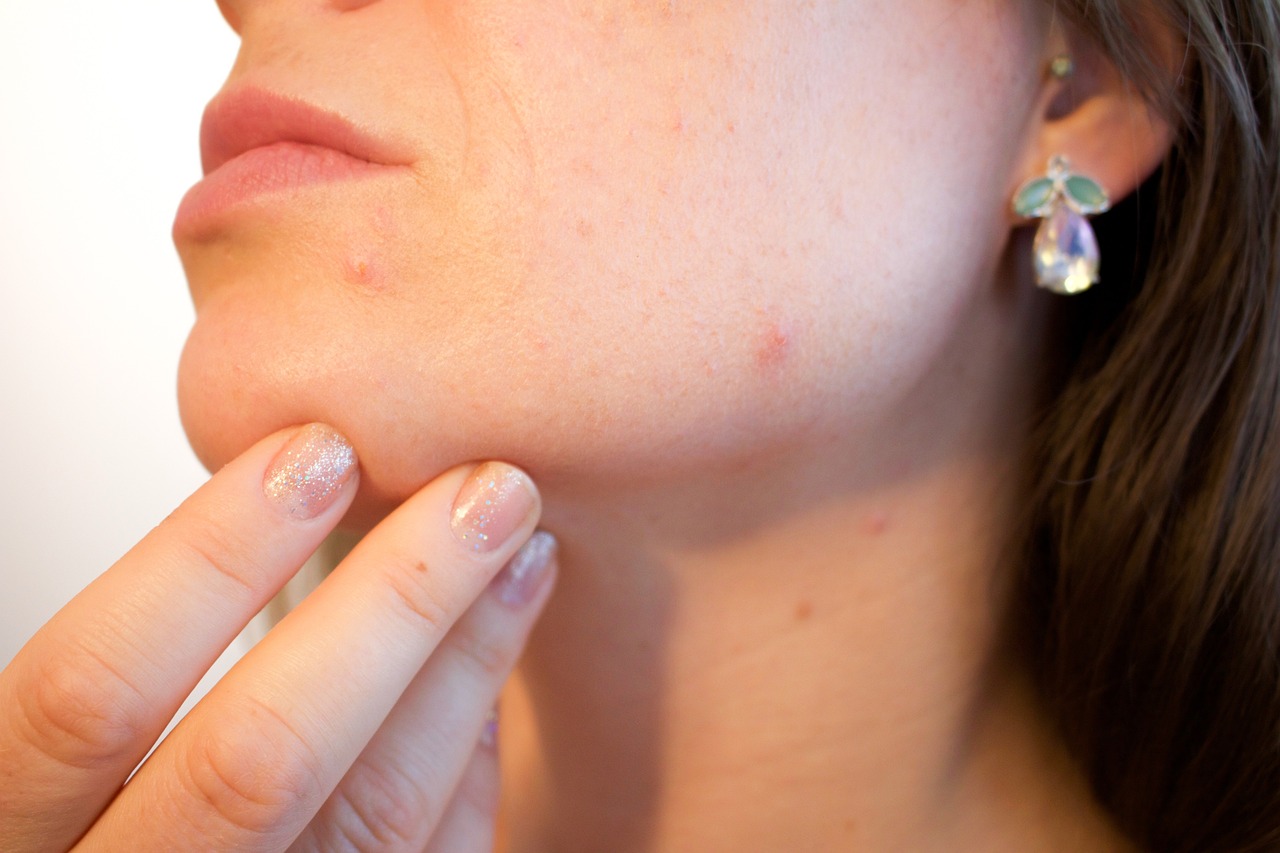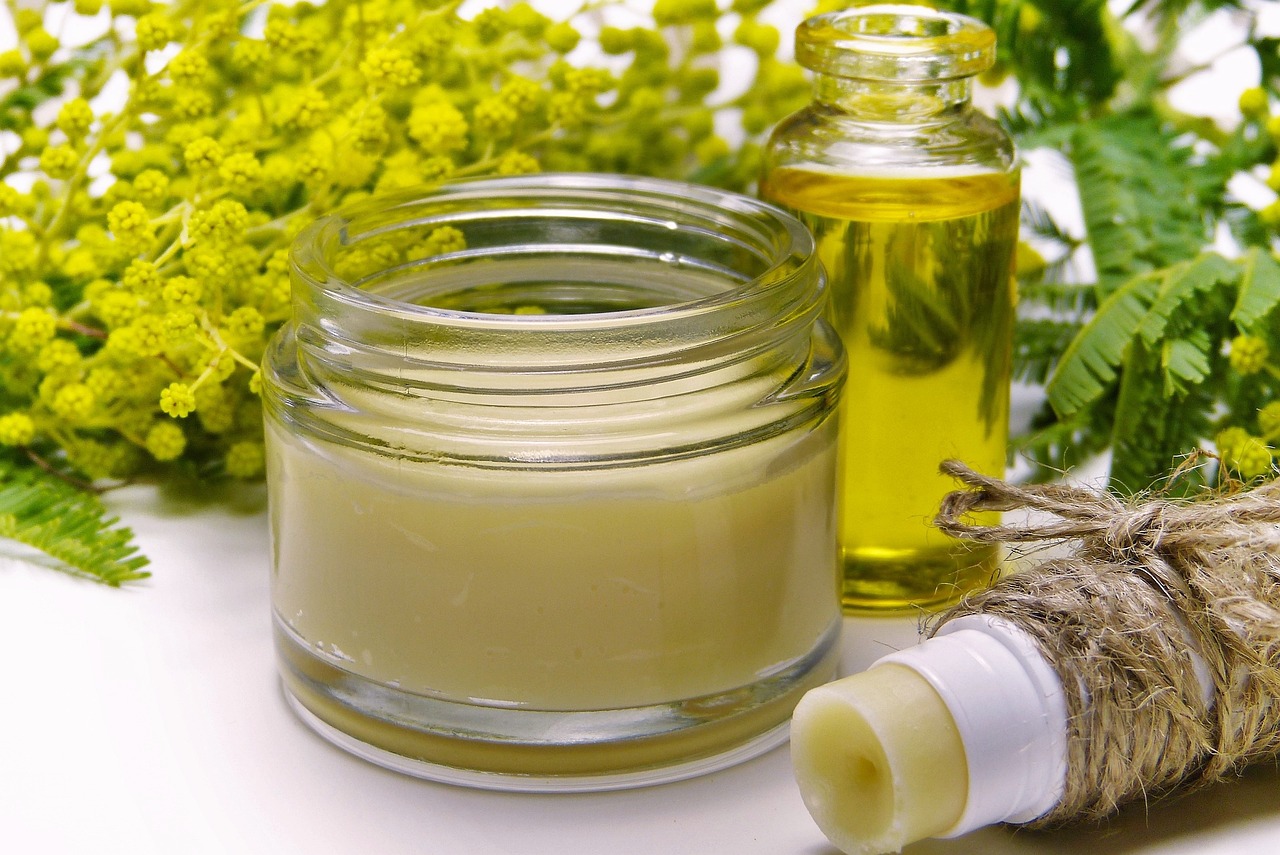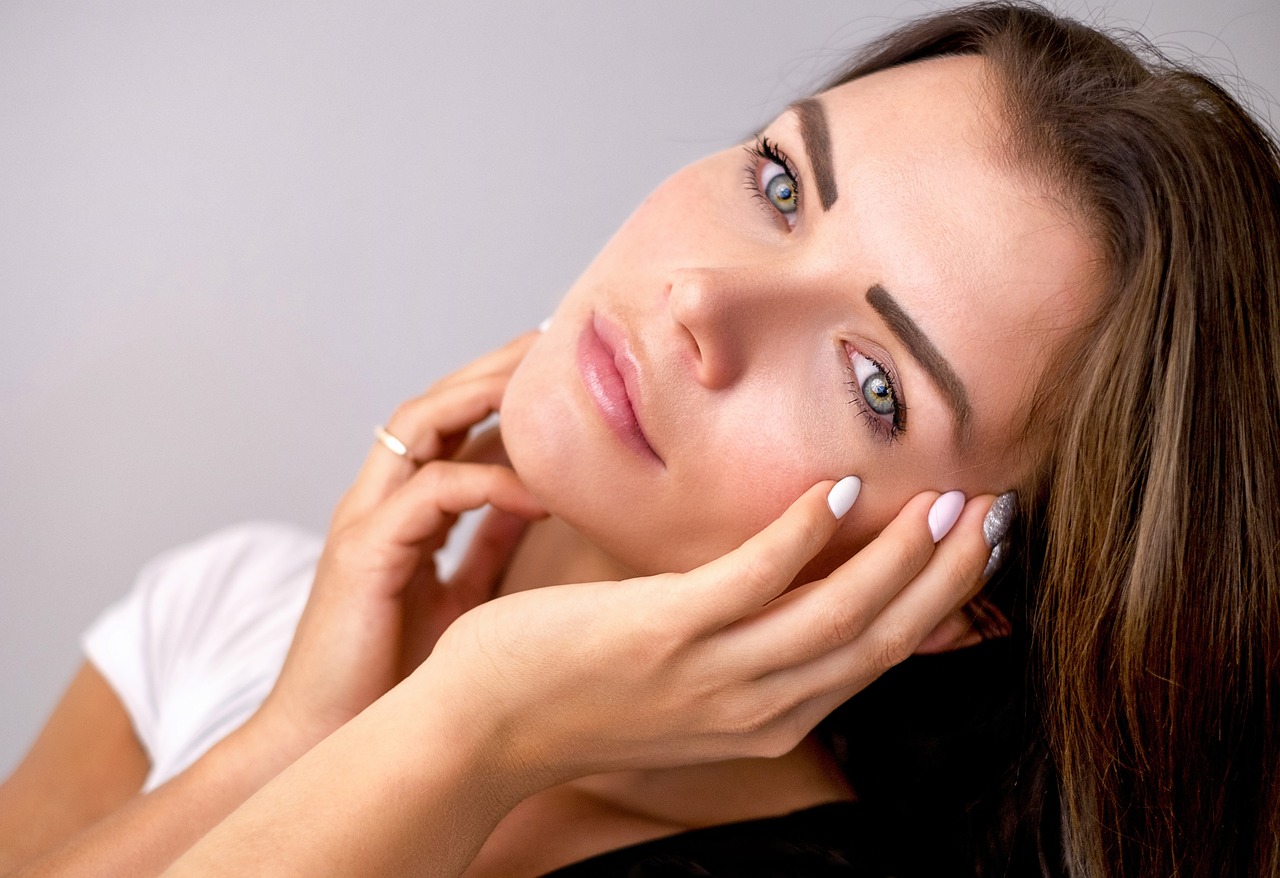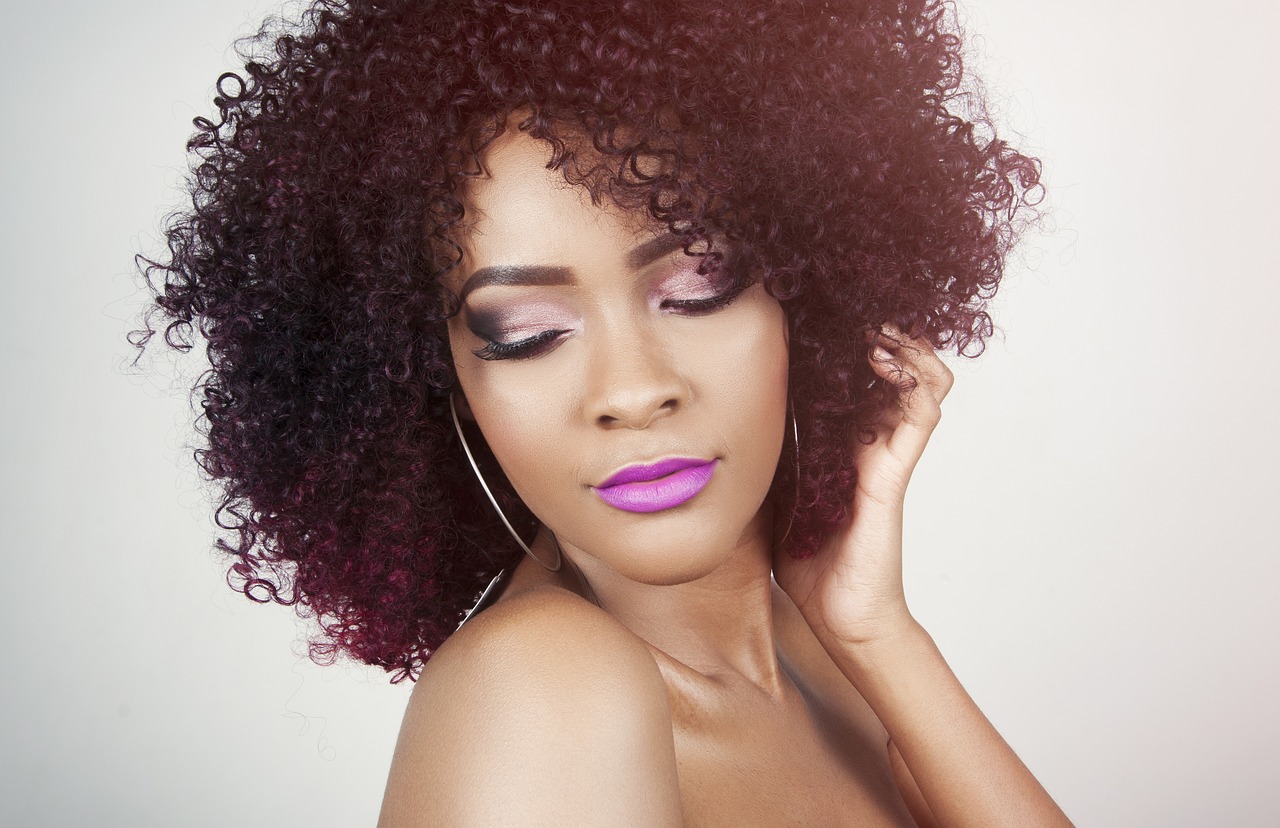For many fitness enthusiasts, choosing the right sports bra can be just as important as choosing the right running shoes or workout gear. A well-fitted sports bra provides the support you need, enhances your comfort, and helps you feel confident throughout your workout. With countless options available on the market, from compression to encapsulation styles, navigating the world of sports bras can feel overwhelming. This guide will walk you through everything you need to know to choose the perfect sports bra for your needs, whether you’re a beginner or a seasoned athlete.
1. Understand the Types of Sports Bras
When it comes to sports bras, there are three main types to choose from: compression, encapsulation, and combination styles. Understanding the differences between these styles is key to finding the right bra for your activity and body type.
- Compression Bras: Compression bras are designed to hold your breasts close to your chest, minimizing movement during physical activity. They’re usually pull-over styles without individual cups and are ideal for low to medium-impact activities like yoga, Pilates, or weightlifting. Compression bras work well for individuals with smaller cup sizes who need less structured support.
- Encapsulation Bras: Encapsulation bras have individual cups that separate and support each breast. These bras are similar to traditional bras in their design but come with added support features for workouts. Encapsulation bras are great for medium to high-impact activities, such as running or HIIT, as they provide superior support and reduce bouncing. These bras are ideal for individuals with larger cup sizes who need extra support and shaping.
- Combination (Encapsulation and Compression) Bras: Combination bras combine the benefits of both compression and encapsulation styles. They provide individual support for each breast while also compressing them to minimize movement. These bras are versatile and can be worn for a wide range of activities, from high-impact cardio to strength training.
2. Consider the Impact Level of Your Workout
The type of sports bra you choose should depend on the impact level of your workout. Different activities place different demands on your body, and selecting the right level of support is crucial to prevent discomfort or injury.
- Low-Impact Activities: Activities like yoga, stretching, walking, and light weightlifting are considered low-impact. For these exercises, you can opt for a lightweight bra that offers less compression and more comfort. Look for soft, breathable fabrics and designs that prioritize flexibility and ease of movement.
- Medium-Impact Activities: Workouts like cycling, dance classes, or hiking fall under medium-impact activities. For these exercises, choose a sports bra that offers moderate support to reduce breast movement without feeling overly tight. Bras with adjustable straps and moderate compression work well for medium-impact workouts.
- High-Impact Activities: Running, aerobics, plyometric exercises, and high-intensity interval training (HIIT) are all high-impact activities. For these workouts, it’s essential to wear a sports bra that provides maximum support. Look for bras with encapsulation, thick straps, and wide bands that provide full coverage and minimize bounce.
3. Pay Attention to Fit and Sizing
Proper fit is the most important factor when choosing a sports bra. An ill-fitting bra can lead to discomfort, chafing, and insufficient support. Here’s how to ensure a proper fit:
- Band Fit: The band should fit snugly around your ribcage without digging into your skin. The band provides most of the bra’s support, so it should feel secure but still allow you to breathe comfortably. A good rule of thumb is that you should be able to slide two fingers between the band and your skin.
- Cup Fit: The cups should fully contain your breasts without any spillage or gaps. If you notice any bulging at the top or sides, the cup size may be too small. On the other hand, if there are gaps between your breast and the cup, the size may be too large.
- Strap Fit: The straps should be adjusted to provide lift without digging into your shoulders. Many sports bras come with adjustable straps, which is helpful for achieving a personalized fit. Make sure the straps are snug but not overly tight, as straps that dig in can cause discomfort during your workout.
- Movement Test: Once you’ve put on the sports bra, move around to test it out. Jump, stretch, and twist to see how well the bra stays in place and supports your movement. If the bra rides up, shifts, or feels too tight, try a different size or style.
4. Choose the Right Fabric
Sports bras are made from a variety of fabrics, each offering different benefits. Choosing the right material can impact both your comfort and performance.
- Moisture-Wicking Fabrics: Look for sports bras made from moisture-wicking materials such as polyester, nylon, or spandex. These fabrics draw sweat away from your skin, helping to keep you cool and dry during your workout.
- Breathability: Breathable fabrics, such as mesh panels, can improve airflow and help regulate body temperature. This is especially important for high-intensity workouts where you’re likely to sweat more.
- Stretch and Recovery: A good sports bra should provide some stretch while maintaining its shape over time. Fabrics with spandex or elastane offer stretch for flexibility, while also providing enough compression for support.
5. Look for Additional Features
Depending on your preferences and workout needs, there are additional features to consider when choosing a sports bra:
- Adjustable Straps: Adjustable straps allow you to customize the fit of your sports bra, providing extra lift or loosening as needed. This is particularly useful for women with different torso lengths or those who want to tweak the level of support.
- Racerback vs. Traditional Straps: Racerback bras provide extra support and are ideal for high-impact activities, as they keep the bra straps from slipping off your shoulders. Traditional straps may be more comfortable for low-impact activities or those who prefer a more relaxed fit.
- Closure Type: Sports bras can be pull-over styles, have hook-and-eye closures, or feature zippers in the front. Hook-and-eye closures are great for adjustability, while zippered bras are convenient for easy on and off, especially after a sweaty workout.
6. Know When to Replace Your Sports Bra
Like any piece of workout gear, sports bras have a lifespan. Over time, the elastic in your bra will wear out, reducing the level of support it provides. Here are some signs that it’s time to replace your sports bra:
- Loss of Elasticity: If the band or straps no longer feel as snug as they used to, the elastic may have worn out, which means it’s time for a new bra.
- Chafing or Discomfort: If you start to experience chafing or discomfort in areas that weren’t an issue before, it may be a sign that the fabric has worn down or stretched out.
- Visible Wear and Tear: Look for signs of wear such as pilling, frayed seams, or stretched-out straps. A worn-out sports bra won’t provide the support you need and could lead to discomfort or injury.
- Frequent Use: If you wear the same sports bra multiple times per week, it will wear out more quickly. In general, it’s a good idea to replace sports bras every 6-12 months, depending on frequency of use and the type of activity.
7. Finding the Perfect Sports Bra for Your Body Type
Different body types have different support needs, and finding a sports bra that works for your specific shape is crucial.
- Smaller Bust: Women with smaller busts may find that compression bras work well for them, providing ample support without excessive bulk. Light padding can also add a bit of shape and provide extra comfort.
- Larger Bust: Women with larger busts should look for encapsulation or combination bras that offer separate cups and a higher level of support. Wide, padded straps and a strong, supportive band can help distribute weight evenly and minimize discomfort.
- Wide Torso or Ribcage: For those with a wider torso, adjustable straps and a hook-and-eye closure can help customize the fit to your body. Look for bras that offer a broader band to ensure a snug and secure fit.
- Athletic Build: Women with a muscular or athletic build may prefer bras with a more flexible fit that allows for a full range of motion. Racerback styles often work well for athletic builds, providing support without restricting shoulder movement.
Choosing the right sports bra is an essential part of creating a comfortable and supportive workout experience. By understanding the different types of sports bras, considering the impact level of your workouts, and paying attention to fit and features, you can find a bra that meets your needs and keeps you focused on your fitness goals. Whether you’re running a marathon or taking a gentle yoga class, the right sports bra will help you feel comfortable, confident, and ready to move.


